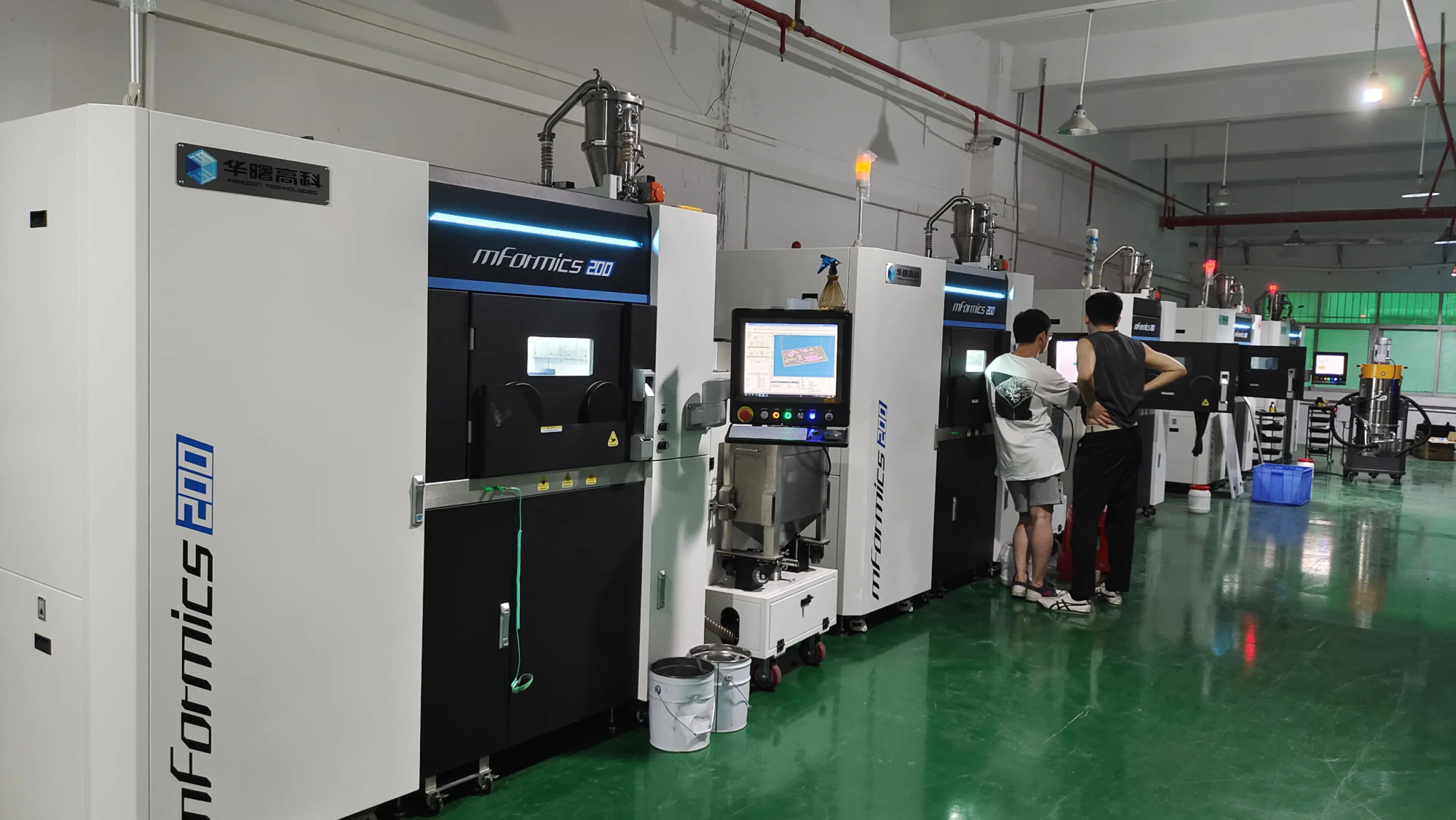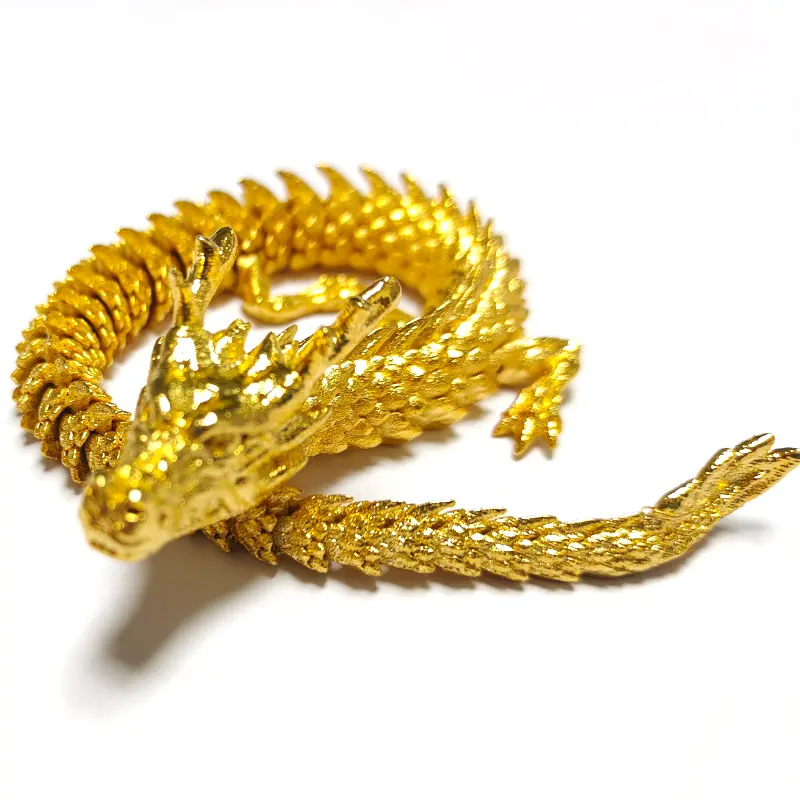In recent years, China National Building Materials Institute has obtained continuous innovative results in the field of 3D printing. During the 49th International Exhibition in Geneva which was held in 2024, the team developed independently “the automatic automatically reinforcement technology based on 3D printing concrete” won the gold medal. On February 13, Science and Technology Daily published a special article entitled “New Technology” strengthens the OS “for 3D printing buildings”, the full text is as follows.
In front of the door of the 3D concrete 3D printing technology center from the Institute of Concrete and Engineering Sciences of China National Building Material Science and Technology Co., Ltd. (hereinafter called “China Building Materials Science and Technology Institute”), a concrete sculpture called “dialogue” is erected. It is in 3D concrete printing technology and combines the two images of traditional Chinese wine ships – JUE and modern cup glass. The designer explained his connotation as follows: “The use of ancient concrete as a body and the integration of new 3D technology, Cement, a building material with a history of more than 200 years, has rejuvenated.”
In recent years, China National Building Materials Institute has obtained continuous innovative results in the field of 3D printing. During the 49th International Exhibition in Geneva which was held in 2024, the “automatic longitudinal strengthening technology based on 3D printing concrete” independently developed by the team of the China National Building Materials Institute won the gold medal.
Breakthrough of longitudinal strengthening technology
In recent years, while ecologization and automation have become a significant development trend in the construction industry, concrete 3D printing technology has also become a highly sought -after construction technology.
The two main advantages of concrete 3D printing technology are automation and personalization. In terms of automated construction, concrete 3D printing technology does not require too many human resources. In terms of personalization, 3D printing is also called “flexible molding” technology.
Although concrete 3D printing technology has great potential, “chondrosis” is a major problem that it is faced with in the promotion and application of large -scale buildings. “If large concrete buildings want to resist and stand firmly, they usually have to set up steel bars in concrete to give the building a` `rosine bone ”.” Design road. It is difficult to reach the automatic strengthening of concrete 3D printing technology, which is also a common problem faced internationally.
In order to solve the problem of “chondose”, as one of the first units in China to carry out research on concrete 3D printing technology, the research team of the Institute of Concrete Sciences and Engineering of the National Building Materials Institute carried out in -depth technical research and made pierced in the technology of longitudinal reinforcement between the 3D printing layers.
“The previous automatic strengthening technology abroad was mainly an intercouche transverse strengthening technology parallel to the printing interface, which was like putting steel bars in the reinforcement method. Wang Zhendi presented who targeting the longitudinal intercouche automatic strengthening technology, the team has developed a full set of automatic strengthening methods and support equipment.
This set of equipment includes printing devices and strengthening devices. While the printing device normally extracts concrete materials, the reinforcement device cuts short steel bars and can treat short n steel bars in N -shaped as a function of specific structural needs of different buildings. Then, the reinforcement device inserts the steel bars treated in the extruded concrete interface to ensure that they penetrate at least two layers. These two devices operate independently at the same time, effectively avoiding obstacles to the travel of the printing head by traditional manual strengthening and considerably improving the effectiveness of concrete 3D printing strengthening.
Experimental results show that the mechanical properties of 3D concrete buildings using this technology have been considerably improved, and flexion resistance has been increased by 275%, throwing a good basis for generalized promotion and the application of concrete 3D printing technology.
The standard system must still be improved
With continuous improvement in automatic strengthening technology, printable concrete materials, resistance assessment methods, etc., concrete 3D printing technology continues to extend new application scenarios. For example, near Shenzhen International Convention and Exhibition Center is the first place of landscape printed in 3D in the country, and the landscape buildings there are all made of 3D concrete printing.
Wang Zhendi believes that at present, concrete 3D printing technology is not necessarily used to build a house. He now has more appropriate application scenarios, such as personalized sculptures or buildings such as garden landscapes, forms of cartoon character, etc. He also admitted that concrete 3D printing technology was still a new thing, and there are still many shortcomings in design standards, assessment standards, acceptance standards, etc., and cope with certain obstacles in promotion.
Currently, China National Building Materials Institute and other units are gradually promoting the continuous improvement of the 3D concrete printing evaluation system, and the number of project approvals for industry and association standards gradually increases. For example, in response to the evaluation difficulties of the combined resistance of 3D printed concrete interfaces in traditional and three -point traction methods, the Wang Zhendi team proposed an “cross -cross” method “. This method modifies the compression constraint applied in traction constraints at the interface, solves the problem of the combined assessment of resistance to the 3D printed concrete interface, is included as the standard of the building materials industry of my country and has contributed to the development of the industry.
Wang Zhendi has called more scientific research institutions, experts and researchers to participate in research and the formulation of relevant standards for concrete 3D printing, throwing a technical basis for industry development.





